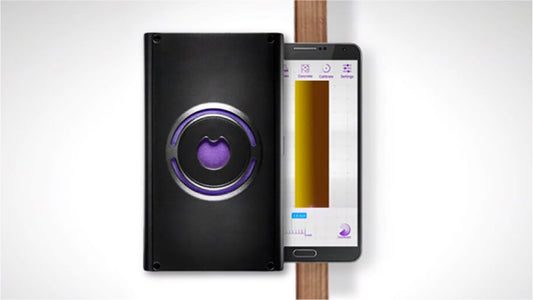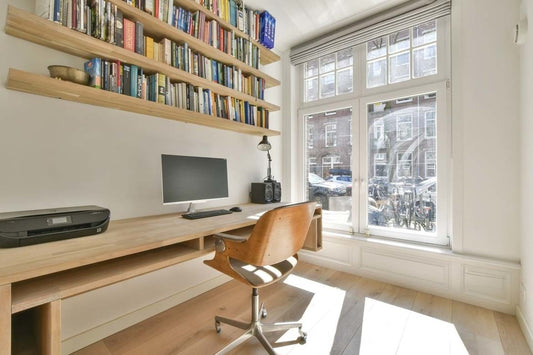Working on a DIY project in your home? It's crucial to be well prepared, especially when it involves modifications or repairs to your walls. One key tool in this process is a wall imaging device. This article will guide you through the essential factors to consider when selecting the right device for your DIY needs.

Understanding wall imaging devices
Before diving into the selection process, it's important to understand what wall imaging devices do. These devices help you see what's inside your walls - studs, pipes, wiring, or other hidden features. This knowledge is crucial for avoiding damage and ensuring your DIY project's safety and success.
1. Detection capabilities
The primary function of a wall imaging device is to detect various materials within walls. Consider what you need to detect: studs, metal pipes, electrical wires, or even movement (in the case of pest issues). Ensure the device you choose is capable of detecting all the materials you are likely to encounter.
2. Depth of detection
Different devices have varying penetration depths. If you’re working with standard drywall, most devices will suffice. However, for thicker walls or specialized projects, look for a device that offers deeper detection capabilities.
3. Display and user interface
A clear and intuitive display is crucial. Some devices offer LCD screens with easy-to-read graphics, others may use lights or sounds, and some even display hidden objects on your phone screen. Choose one that you find straightforward and easy to interpret.
4. Accuracy and reliability
The accuracy of the device is non-negotiable. Read reviews and check for devices that have a reputation for reliability. A less accurate device can lead to mistakes, potentially causing more harm than good.
5. Size and ergonomics
Consider the size and design of the device. It should be comfortable to hold and use, especially if you'll be working on larger projects. A compact, ergonomic design can make a significant difference in ease of use.
6. Additional features
Some wall imaging devices come with extra features like Bluetooth or Wi-Fi connectivity, which allows for data to be sent to your smartphone, or built-in levels and rulers for added convenience. Decide which features will genuinely benefit your project and which might just be unnecessary frills.
7. Budget
Wall imaging devices come in a range of prices. Set a realistic budget but be prepared to invest a bit more for a device that will be more accurate and durable. Remember, a higher price doesn’t always guarantee better quality, so do your research.
Walabot’s suggestions for you
Choosing the right wall imaging device can make a huge difference in the success of your DIY project. But it's important to be aware of your level of experience:
- I am a beginner, and rarely do DIY projects: Walabot DIY 2 M
- I do DIY projects all the time: Walabot DIY 2 Premium Bundle




